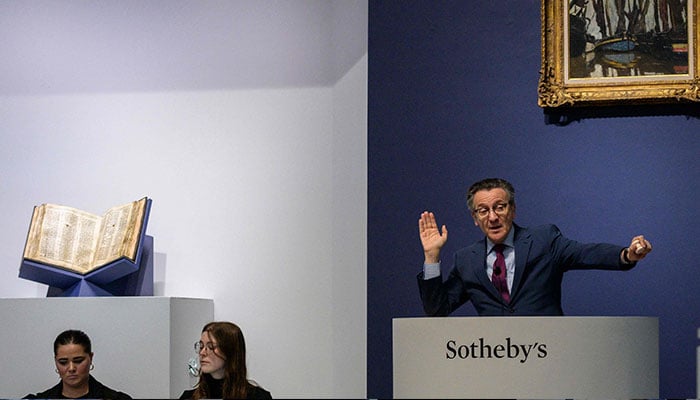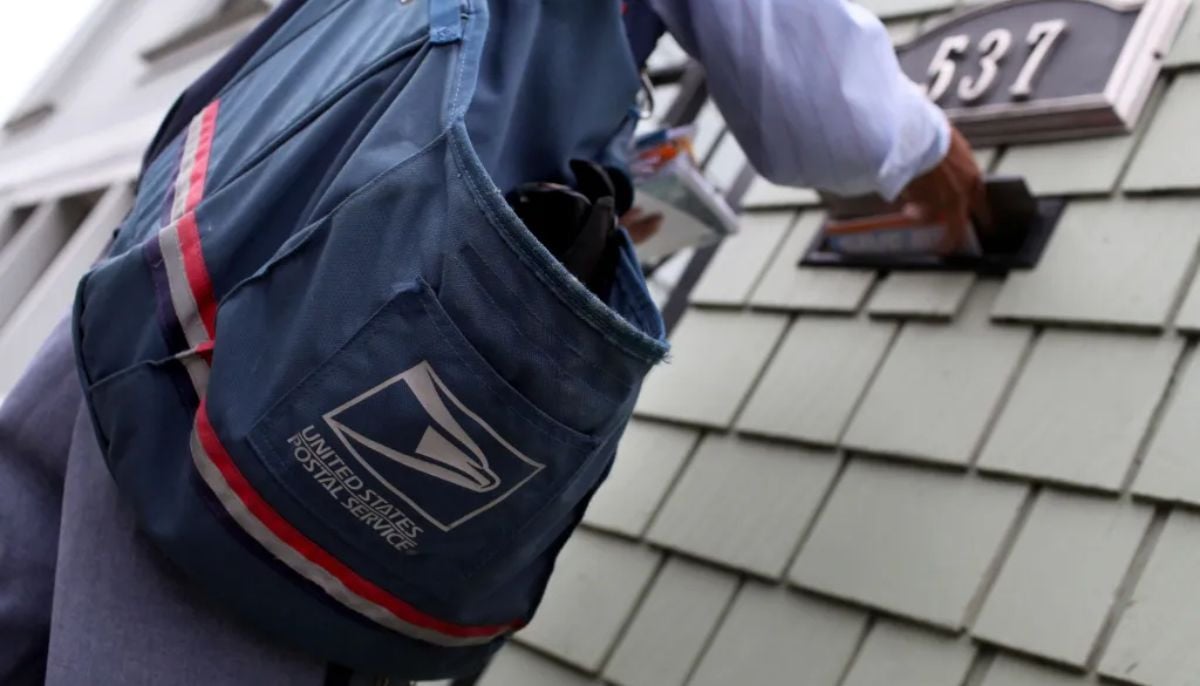Rare near-complete Hebrew Bible sold for $38 million at auction
The Codex Sassoon, dating back over a millennium, predates the Aleppo and Leningrad Codices
In a groundbreaking auction held in New York, a remarkable Hebrew Bible dating back over 1,000 years fetched an astounding $38.1 million, setting a new record as the most valuable manuscript ever sold at auction.
Known as the Codex Sassoon, this ancient Bible, believed to originate from the late ninth or early 10th century, represents one of the earliest surviving near-complete Hebrew Bibles in existence. Sotheby's, the esteemed auction house, reported a fierce bidding battle lasting just four minutes before the Bible was acquired by former US diplomat Alfred Moses, representing an American nonprofit organization.
The significance of the Hebrew Bible, often hailed as the most influential book in history and a cornerstone of Western civilization, was emphasized by Alfred Moses, who previously served as an ambassador during President Bill Clinton's administration. This sale surpassed the previous auction record set in 1994 when Bill Gates purchased Leonardo da Vinci's Codex Leicester manuscript for $30.8 million.
Although the Codex Sassoon now holds the title of the most expensive handwritten document ever sold at auction, it is worth noting that the highest-priced historical document remains one of the early prints of the US Constitution, which achieved a remarkable $43 million at a Sotheby's auction in November 2021.
The Codex Sassoon is a significant artefact, being one of only two surviving codices containing all 24 books of the Hebrew Bible. It surpasses the famous Aleppo Codex in terms of completeness and predates the Leningrad Codex, both of which are renowned early Hebrew Bibles.
Serving as a bridge between the ancient Dead Sea Scrolls, which date as far back as the third century BC, and the accepted modern form of the Hebrew Bible, this manuscript carries immense historical and cultural importance.
Named after its previous owner, David Solomon Sassoon, a collector of ancient Jewish texts of great significance, the Codex Sassoon reemerged for auction after more than 30 years. Throughout its journey, this precious manuscript has travelled across various locations, with only one previous public display in 1982 at the British Library in London. Carbon-14 dating indicates that the Codex Sassoon predates the Aleppo Codex, which was written in Galilee during the 10th century.
Furthermore, it is considered to be older than the Leningrad Codex, the oldest existing complete copy of the Hebrew Bible text, estimated to have originated in the early eleventh century.
-
King Salman leaves hospital after 'reassuring' medical tests
-
Snow storm warning in Ontario’s weather forecast through Tuesday
-
Canada and China trade deal: All you need to know about the new agreement
-
South Korea’s ex-president Yoon Suk Yeol, sentenced to 5 years in prison: Key details explained
-
Sarah Hartsfield murder conviction prompts review of past fiancé killing
-
Restaurant workers detained after ICE agents dine at Minnesota eatery
-
Florida man held after alleged nail-scattering on busy intersections
-
Mississippi postal worker arrested after complaints of marijuana odour in letters












